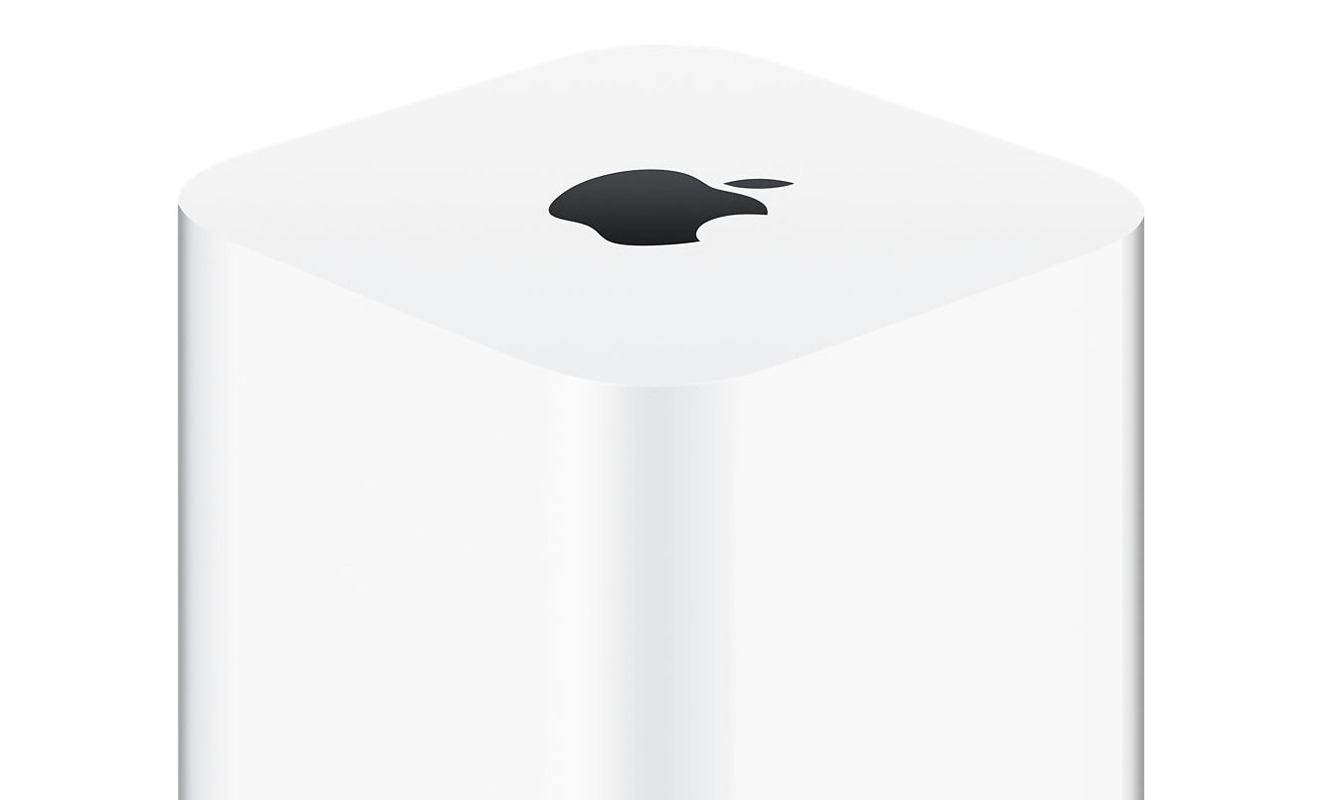
Capacity of SSD devices currently tops out at 1TB but they come in a wide variety of capacities up to this point. SSD: Great performance and ever increasing storage capacityįirst introduced to the mass market around 2007/08, solid state drives (SSD) are now establishing their position as a financially viable storage solution.

Moving parts can occasionally cause problems.HDD drives become slower as you store more data on them.Not ideal for storing everyday working applications and data if you require fast read & write speeds.Storing large amounts of data at a low cost.It is possible to RAID HDDs together to increase read and write performance, but this would require a separate RAID card to be installed at an extra cost. We recommend all users back up their data regardless of the storage type they use, therefore should your HDD fail, you will only lose the time spent restoring it. HDDs are also the least reliable of the three (not that they break constantly, they are just more vulnerable to problems due to the nature of storing information on spinning disks). It should also be considered that the more data you have stored on your HDD the slower it will become, it is not advisable to fill more than 50% of a HDD’s capacity and you should never use more than 80%. A typical 7200RPM HDD will read and write data at around 180MB/s which is considerably slower than an SSD and a fraction of the speed that flash storage is capable of. HDDs have, however, left their glory days behind and although they are the cheapest and have the largest volume of all storage options they are also the slowest. HDDs are also the cheapest of the trio per TB of storage with the standard Toshiba drive we tested coming in at £42.50/€53.50/$67 per TB.
#Best storage devices for mac pro#
The Mac Pro can support up to 5 HDDs, 4 in the HDD slots and 1 in the lower disk bay using an adapter, giving up to 30TB of internal storage. They are tried and tested and can store the largest amount of data of the three options, up to 6TB (due to HDD current size limit). HDDs ruled the storage roost unopposed for around 50 years (up until the mass market introduction of SSDs in around 2007/08) and are now the elder statesmen in the storage game. Hard Drive Disks (HDD) store information on traditional spinning disks, they come in 3.5″ (the size the Mac Pro uses) and 2.5″ (laptop format). HDD: Great value storage ideal for large volumes of data

So without further ado, let’s get into the comparisons. Whether you’re building your dream Mac Pro, or a budget system that needs to perform, we’re here to help with all the information you need. Each type of drive has specific strengths that make them suited to certain types of storage and each come in at different price points, a factor that will also be analysed. We will also consider the ways in which they can be configured and how they affect performance and reliability. We’re going to take in in depth look at HDDs, SSDs, and flash storage. Hopefully this article will give you the information you need to make the process a lot less painful. Add to this TRIM, RAID configurations and PCI-E slot based storage and you’re in for a world of difficult decisions. These days it’s a little more complicated with the solid state drive drive (SSD) being able to viably store ever increasing amounts a data, as well as flash storage options becoming more commonly available. Choosing a storage option for you Mac Pro used to be as easy as deciding how much data your hard drive disk (HDD) needed to store.


 0 kommentar(er)
0 kommentar(er)
